Something I’ve yet to mention is the role of console RPGs. the reason is, as far as the Pc was concerned, they weren’t as popular or influential. JRPGs such as Final Fantasy VII changed the game for consoles. But its Pc version, released in 1998, was one of the worst produced ports most players had seen. Final Fantasy VIII didn’t do much better.

One of the few games that really embraced the console style was Tom Hall’s Anachronox, made by Ion Storm, which mixed Japanese RPG design with cool, imaginative science fiction to fine, if somewhat janky, effect. It was about the last real game to try to do so.
This all changed with the Xbox, the first truly successful Western console. Being a Microsoft product, it had a relationship with the PC, and afforded a chance for Western RPG developers to break away. The PC was struggling mightily at the time, to the point that many predicted it would burn out as a system. Many developers spat out cut-down, simplified, and ultimately much hated versions of their games for this new market. Fallout: Brotherhood of Steel (2004, and no relation to Fallout Tactics: Brotherhood of Steel – a more successful attempt to focus on Fallout’s strategic combat back in 2001) threw out all of the intelligence in favour of storming around with guns. Baldur’s Gate: Dark Alliance was another action heavy game, sharing little with its source.
KNIGHTS OF THE NEW ORDER
Enter BioWare once again, with Knights of the Old Republic. Unlike Baldur’s Gate, this was a full 3D experience, capable of conveying the awe-inspiring flashes and clashes of lightsaber combat, while still being a ‘proper’ RPG. In fact, it was a bit too much of one, still using and pushing its D&D systems, THAC0s and dice rolls into the foreground, even while pretending to have moved on from such things. It didn’t matter. This was the Star Wars epic the world had been waiting for, the perfect antidote to the disappointing movies, and an amazing sci-fiadventure unlike anything we’d ever seen before.
This story is from the {{IssueName}} edition of {{MagazineName}}.
Start your 7-day Magzter GOLD free trial to access thousands of curated premium stories, and 9,000+ magazines and newspapers.
Already a subscriber ? Sign In
This story is from the {{IssueName}} edition of {{MagazineName}}.
Start your 7-day Magzter GOLD free trial to access thousands of curated premium stories, and 9,000+ magazines and newspapers.
Already a subscriber? Sign In

A New Dawn - The rise, fall and rise again of PC Gaming in Japan
The so-called 'Paso Kon' market (ie katakana's transliteration of 'Pasonaru Computa') in Japan was originally spearheaded in the 1980s by NEC's PC-8800 and, later, its PC-9800.
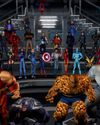
MARVEL: ULTIMATE ALLIANCE
Enter the multiverse of modness.
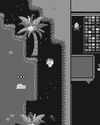
SLIDES RULE
Redeeming a hated puzzle mechanic with SLIDER
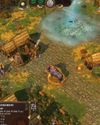
GODS AND MONSTERS
AGE OF MYTHOLOGY: RETOLD modernises a classic RTS with care
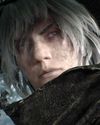
PHANTOM BLADE ZERO
Less Sekiro, more Wo Long: Fallen Dynasty
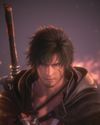
STARR-MAKING ROLE
Final Fantasy XVI's BEN STARR talks becoming a meme and dating summons

THIEF GOLD
Learning to forgive myself for knocking out every single guard.

HANDHELD GAMING PCs
In lieu of more powerful processors, handhelds are getting weirder
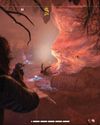
FAR FAR AWAY
STAR WARS OUTLAWS succeeds at the little things, but not much else shines
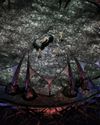
FINDING IMMORTALITY
Twenty-five years on, PLANESCAPE: TORMENT is still one of the most talked-about RPGs of all time. This is the story of how it was created as a ‘stay-busy’ project by a small team at Black Isle Studios